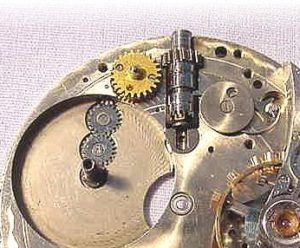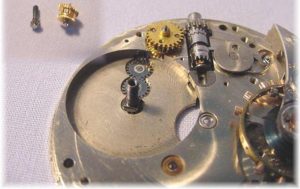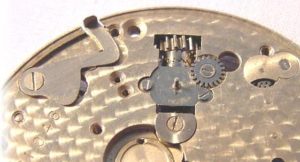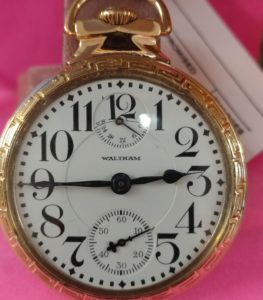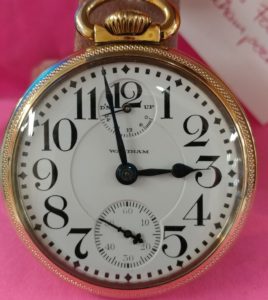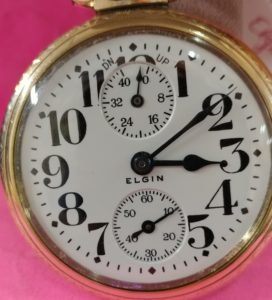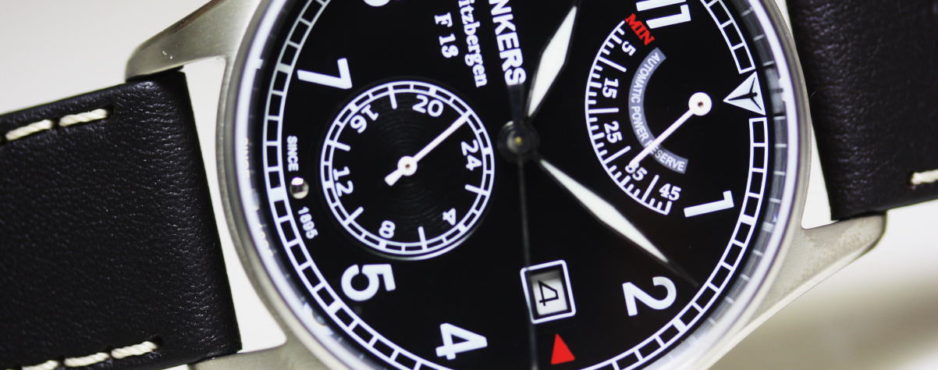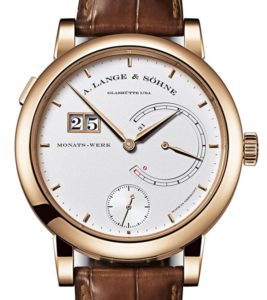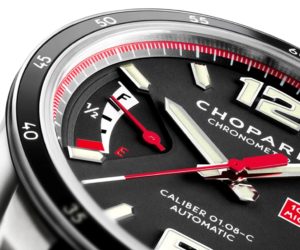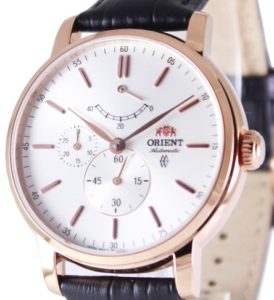There’s an indicator in your car showing when the fuel is about to run out and it’s time for us to head to the gas station. The power reserve indicator has a similar function in mechanical watches, showing the amount of power still reserved.
In 1948, Jaeger-LeCoultre introduced a power reserve indicator designed for production in a series of watches called the Powermatic which utilized the LeCoultre Caliber 481. Thus, Jaeger-LeCoultre was the first watchmaking company to launch wristwatches with a power reserve indicator to the masses.
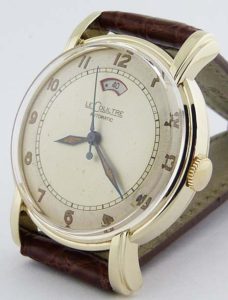
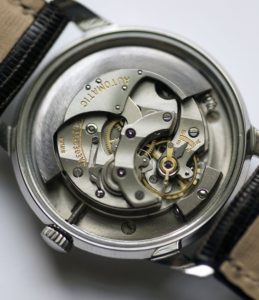
The power reserve indicator is one of the most useful features of a mechanical watch besides the actual time display. A mechanical watch is operated either by automatic- or manual winding. An automatic timepiece needs to be worn for about 10–15 hours before it is fully wound.
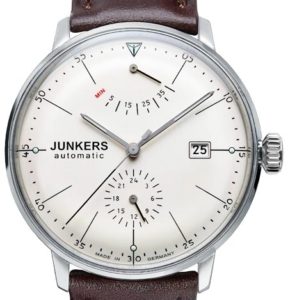
The power reserve indicator displayed on the watch with automatic- winding movement shows how long a watch will function when not worn. On a manual winding watch, it shows the time left until the watch needs winding.
The indication of the power reserve is sometimes represented through a needle or hand or it may be indicted by a revolving wheel viewed through the dial. In the case of a hand indicator, the needle or hand moves from one point of the indicator to another. The zone along which the needle moves, shows how much time is left until the mechanism would be expected to run down. The indicator itself represents the amount of tension of the mainspring, thus the lower the tension the less time left until another winding of the watch is required.
Different types of indicators used in wrist watches
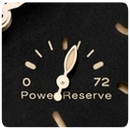

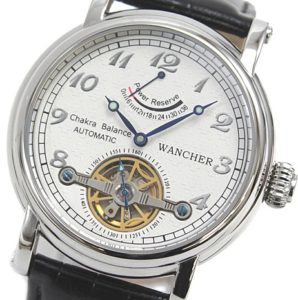
Power Reserve in a Pocket Watch
Power reserve indicators in a pocket watch are a fairly common feature. This is a useful tool in order to keep your vintage watch always running at peak performance.
The wind indicator is run by a series or gears that are linked to the watches mainspring. These gears turn as the watch is wound, and slowly move as the mainspring barrel unwinds. A slick and simple idea.
